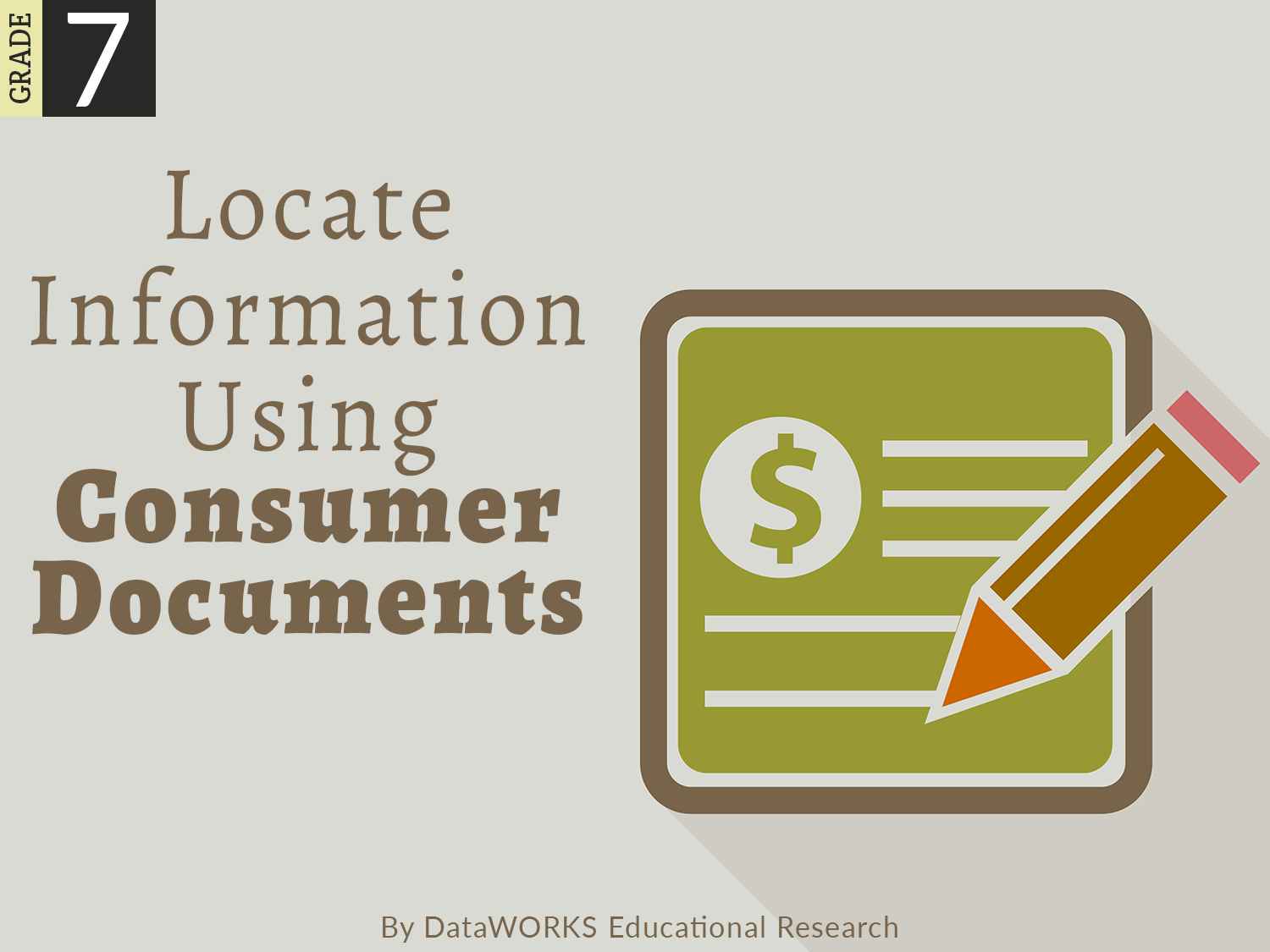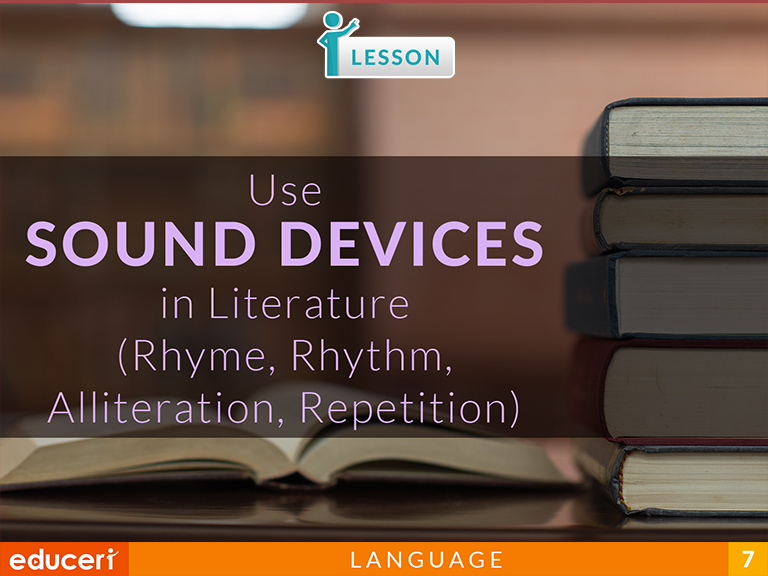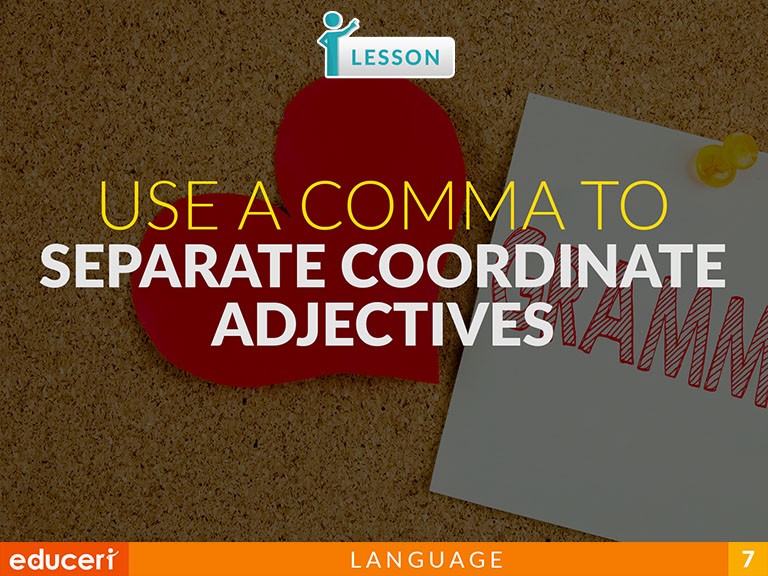All Lessons

Plan an Opinion Piece
This writing lesson covers how to plan an opinion piece. The lesson includes research-based strategies and strategic questions that prepare students for assessments. In this lesson, students read the topic and decide their position about it. Then they identify three appeals for their position, focusing on logical, emotional, and ethical. They also restate their position for a summary. In addition to the lesson, there are four pages of new topics for review.
Share This Lesson

Write an Opinion Piece
W.7.1 Write arguments to support claims with clear reasons and relevant evidence.
W.7.1.AW.7.1.A Introduce claim(s), acknowledge alternate or opposing claims, and organize the reasons and evidence logically.
W.7.1.BW.7.1.B Support claim(s) with logical reasoning and relevant evidence, using accurate, credible sources and demonstrating an understanding of the topic or text.
W.7.1.CW.7.1.C Use words, phrases, and clauses to create cohesion and clarify the relationships among claim(s), reasons, and evidence.
W.7.1.DW.7.1.D Establish and maintain a formal style.
W.7.1.EW.7.1.E Provide a concluding statement or section that follows from and supports the argument presented.
This writing lesson covers how to write an opinion piece. The lesson includes research-based strategies and strategic questions that prepare students for assessments. In this lesson, students write an introduction that introduces the topic and states their position. Then, they write paragraphs that use logical, emotional, or ethical appeals to the audience. Finally, they write a summary paragraph that restates their position. These sentences are based on the planning charts created in the Plan an Opinion Piece lesson. In addition to the lesson, there are four pages of new topics for review.
Share This Lesson
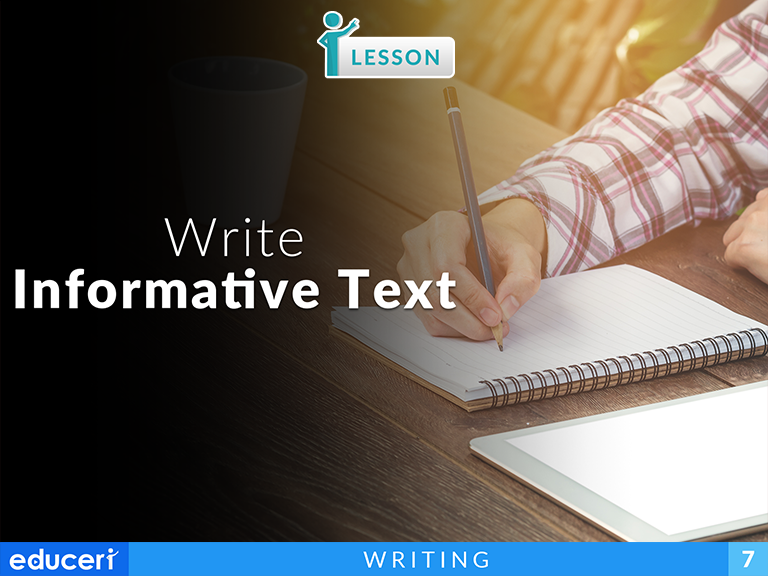
Write Informative Text
This writing lesson covers how to write informative text. The lesson includes research-based strategies and strategic questions that prepare students for assessments. In this lesson, students write at least one complete sentence for each section of the planning chart completed in the Plan Informative Text lesson. Then, they use an editing checklist to identify and correct any errors. In addition to the lesson, there are four pages of topics for review and extended thinking.
Share This Lesson
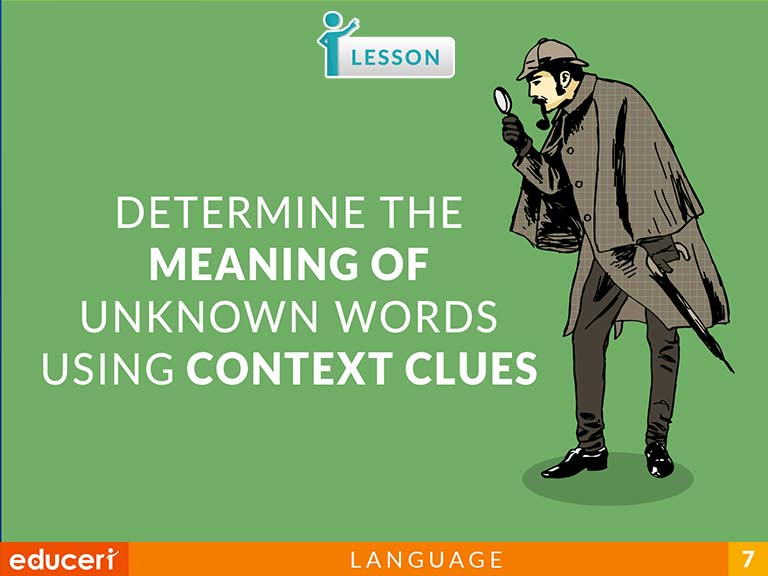
Determine the Meaning of Words Using Context Clues
L.7.4 Determine or clarify the meaning of unknown and multiple-meaning words and phrases based on grade 7 reading and content, choosing flexibly from a range of strategies.
L.7.4.AL.7.4.A Use context (e.g., the overall meaning of a sentence or paragraph; a word's position or function in a sentence) as a clue to the meaning of a word or phrase.
This language lesson covers the use of context clues to determine the meaning of unknown words. The lesson includes research-based strategies and strategic questions that prepare students for assessments. In this lesson, students will read a paragraph, identify context clues that help explain the meaning of bolded words, and then reread the sentence replacing the word with its meaning.
Share This Lesson
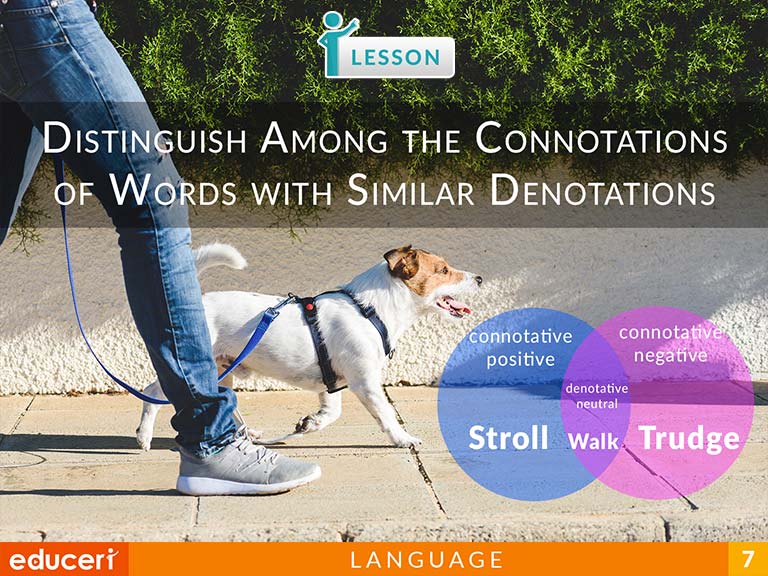
Distinguish Among the Connotations of Words with Similar Denotations
This language lesson covers how to distinguish between connotations of words with similar denotations. The lesson includes research-based strategies and strategic questions that prepare students for assessments. In this lesson, students will analyze sentences for context clues that suggest which of three similar words can be used in the sentence based on each word’s denotation and connotation.
Share This Lesson
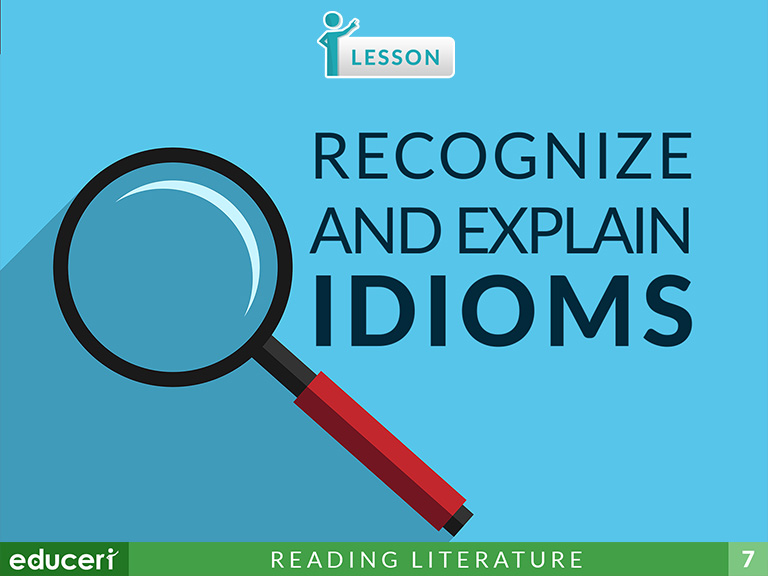
Recognize and Explain Idioms
This reading vocabulary lesson focuses on identifying idioms. The lesson includes research-based strategies and strategic questions that prepare students for assessments. In this lesson, students read the sentence and underline the idiom. Then, they determine the meaning of the idiom using context clues and select the correct answer. In addition to the lesson, there are four pages of Independent Practice and review with questions modeled after current adaptive testing items.
Share This Lesson
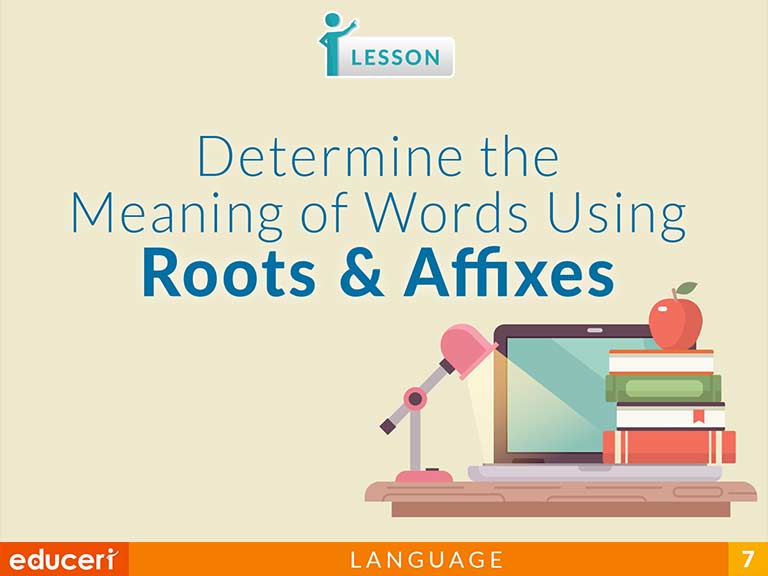
Determine the Meaning of Words Using Roots and Affixes
L.7.4 Determine or clarify the meaning of unknown and multiple-meaning words and phrases based on grade 7 reading and content, choosing flexibly from a range of strategies.
L.7.4.BL.7.4.B Use common, grade-appropriate Greek or Latin affixes and roots as clues to the meaning of a word (e.g., belligerent, bellicose, rebel).
This reading vocabulary lesson focuses on determining the meaning of words using roots and affixes. The lesson includes research-based strategies and strategic questions that prepare students for assessments. In this lesson, students read the sentences and identify the root in the bold word. Then, they use context clues along with the meaning of the root and affix to determine the best meaning of the bold word. In addition to the lesson, there are six pages of Independent Practice and review with questions modeled after current adaptive testing items.
Share This Lesson
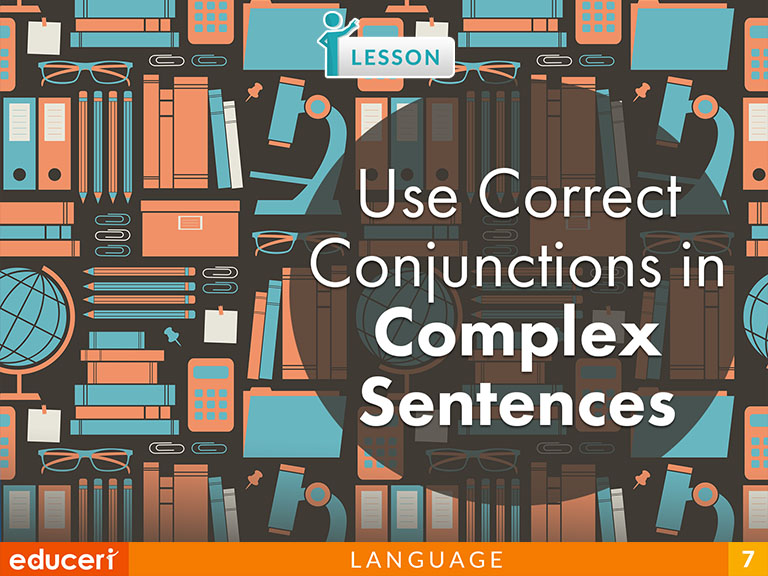
Identify Complex Sentences
This writing conventions lesson focuses on identifying complex sentences. The lesson includes research-based strategies and strategic questions that prepare students for assessments. In this lesson, students read the sentence and identify the dependent clause, labeling the conjunction and punctuation. then, Identify the independent clause and if it is a complex sentence, students identify what type (cSV, SV, or SV cSV). Finally, they write how the clauses are related. In addition to the lesson, there are four pages of Independent Practice and review with questions modeled after current adaptive testing items.
Share This Lesson
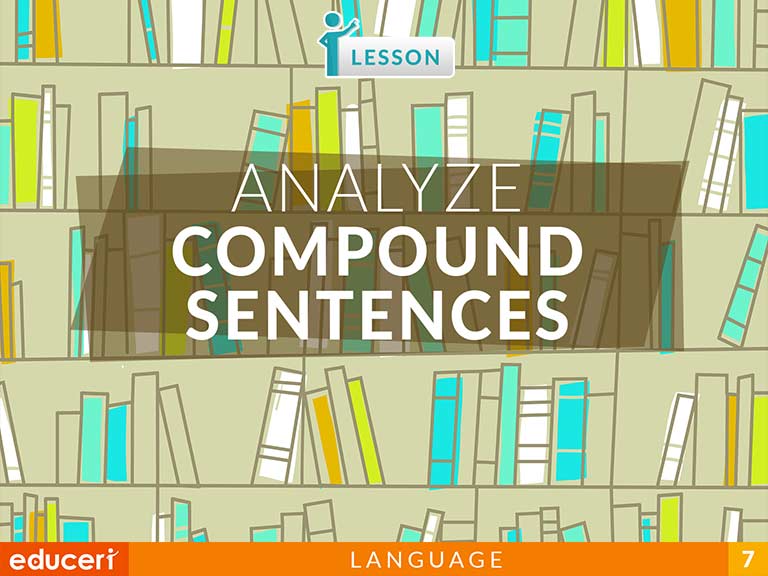
Analyze Compound Sentences
This writing conventions lesson focuses on analyzing compound sentences. The lesson includes research-based strategies and strategic questions that prepare students for assessments. In this lesson, students identify the relationship between two independent clauses (addition, cause, difference, result, choice). Then, they write the correct coordinating conjunction for the compound sentence. In addition to the lesson, there are four pages of Independent Practice and review with questions modeled after current adaptive testing items.
Share This Lesson
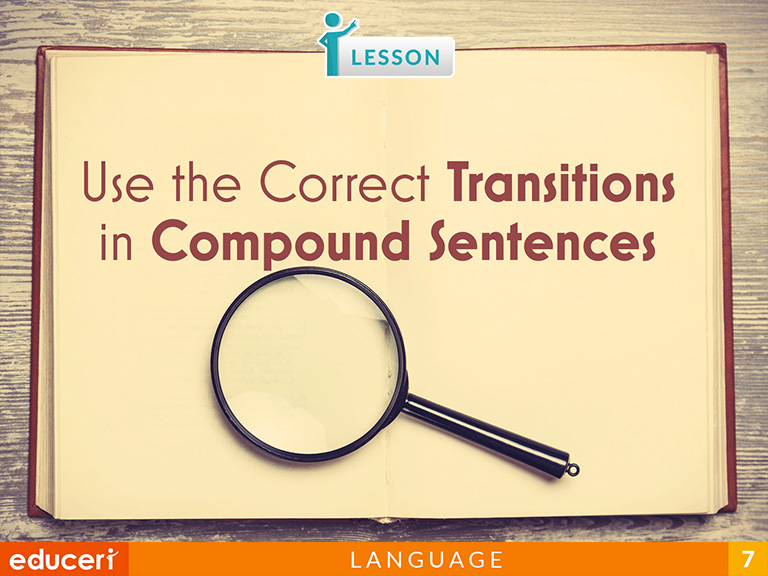
Use the Correct Transitions in Compound Sentences
This writing conventions lesson focuses on identifying compound sentences. The lesson includes research-based strategies and strategic questions that prepare students for assessments. In this lesson, students read the sentence and label and independent clauses, and transitions. Then, they determine if it is a compound sentence and how the sentences are related. In addition to the lesson, there are four pages of Independent Practice and review with questions modeled after current adaptive testing items.
Share This Lesson
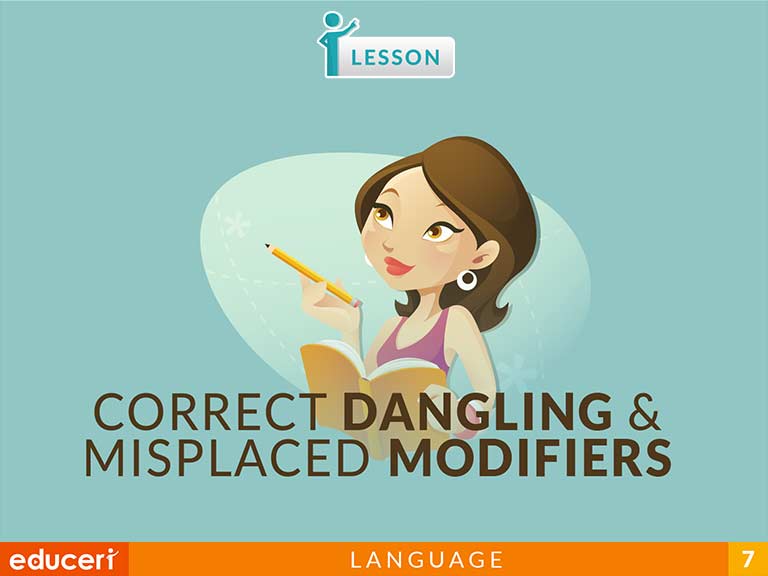
Correct Dangling & Misplaced Modifiers
This Common Core language lesson covers misplaced and dangling modifiers. The lesson includes research-based strategies and strategic questions that prepare students for Common Core assessments. In this lesson, students will learn to identify the unclear modifier, determine if it’s dangling or misplaced, and then rewrite the sentence to correct the problem. In addition to the lesson, there are four pages of Independent Practice with questions modeled after the Common Core assessment items.
Share This Lesson
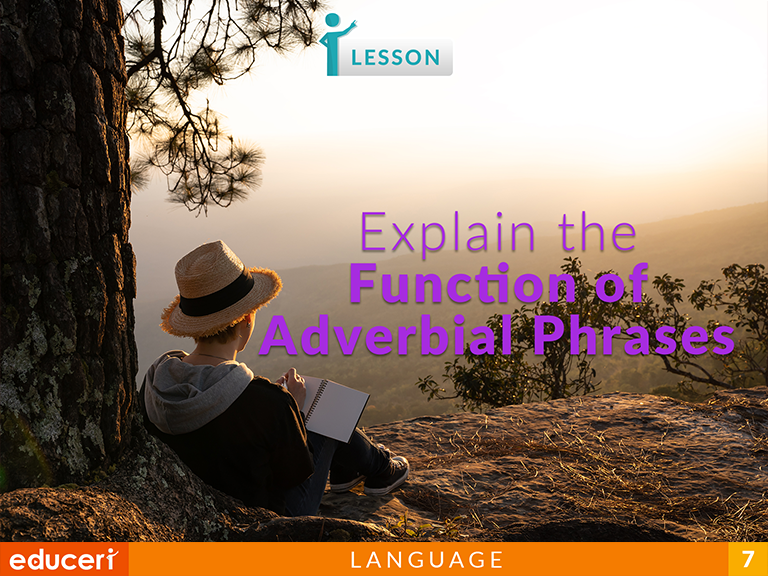
Explain the Function of Adverbial Phrases
This language lesson covers how to explain the function of adverbial phrases. The lesson includes research-based strategies and strategic questions that prepare students for assessments. In this lesson, students will identify the adverbial phrase, and then determine what information it gives about the bolded verb (such as how, when, where, and why).
Share This Lesson
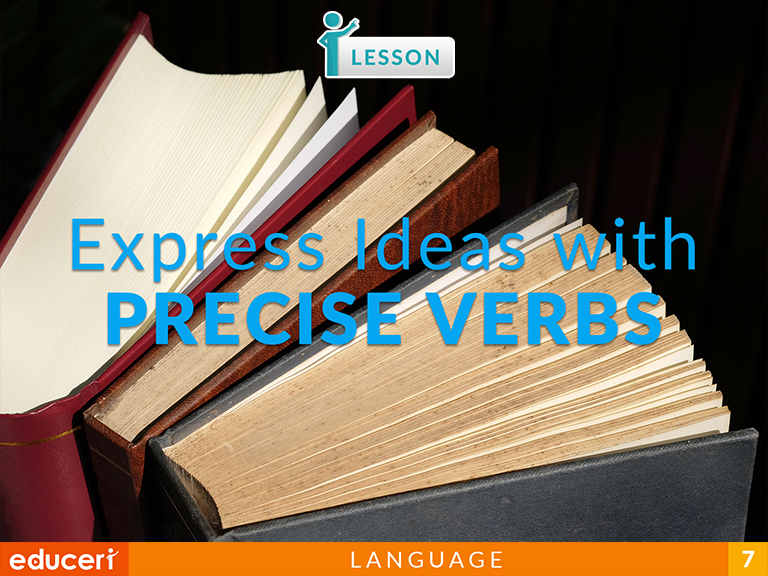
Express Ideas with Precise Verbs
This language lesson covers how to express ideas with precise verbs. The lesson includes research-based strategies and strategic questions that prepare students for assessments. In this lesson, students read a sentence and instructions for a more specific verb that is needed in the sentence. Then, they choose the most precise verb from a list of possibilities.
Share This Lesson
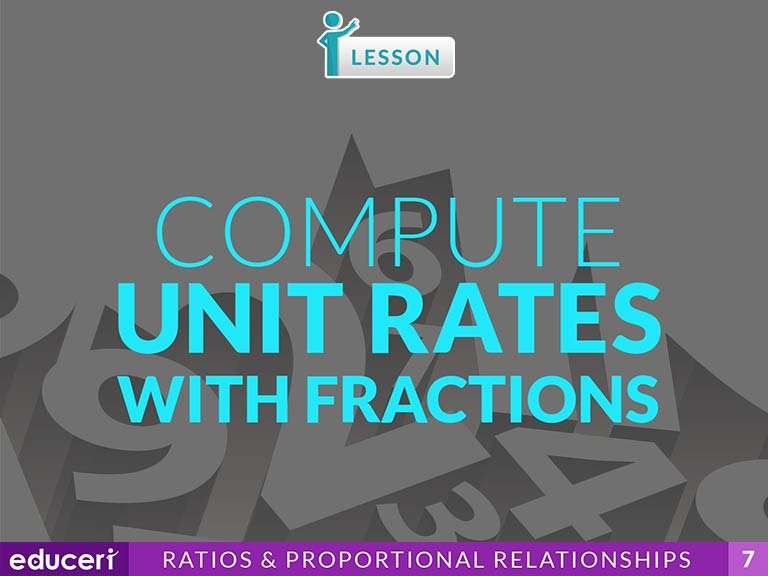
Compute Unit Rates with Fractions
This ratios and proportional relationships lesson covers how to compute unit rates (complex fraction ratios). The lesson includes research-based strategies and strategic questions that prepare students for assessments. In this lesson, students create an equivalent ratio table using given units and quantities. They identify the unit quantity, determine the multiplicative inverse which produces one, and then apply the multiplicative inverse to the other quantity. Finally, they interpret the unit rate.
Share This Lesson
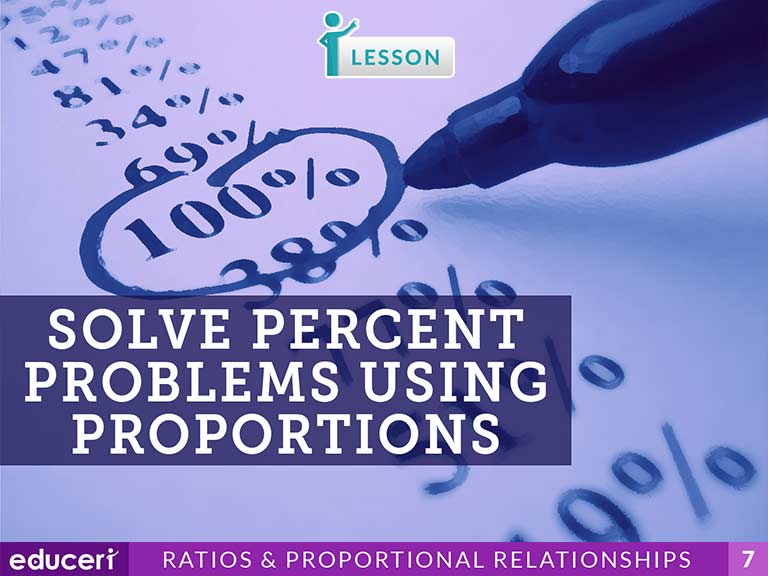
Solve Percent Problems Using Proportions
(Y8) Solve problems involving the use of percentages, including percentage increases and decreases, with and without digital technologies (ACMNA187)
ACMEM011(Y11-12) Calculate a percentage of a given amount (ACMEM011)
ACMEM013(Y11-12) Apply percentage increases and decreases in situations; for example, mark-ups, discounts and GST (ACMEM013)
This ratios and proportional relationships lesson covers how to solve multistep percent problems using proportions. The lesson includes research-based strategies and strategic questions that prepare students for assessments. In this lesson, students determine what the question is asking, and then the corresponding percent and quantity by drawing a diagram. Then, they set up a proportion for the percent and quantity, cross multiply, and solve for the unknown quantity. Finally, they interpret the solution, identifying whether it was a percent increase (tax, tip, or markup) or a percent decrease (sale, discount, or coupon).
Share This Lesson
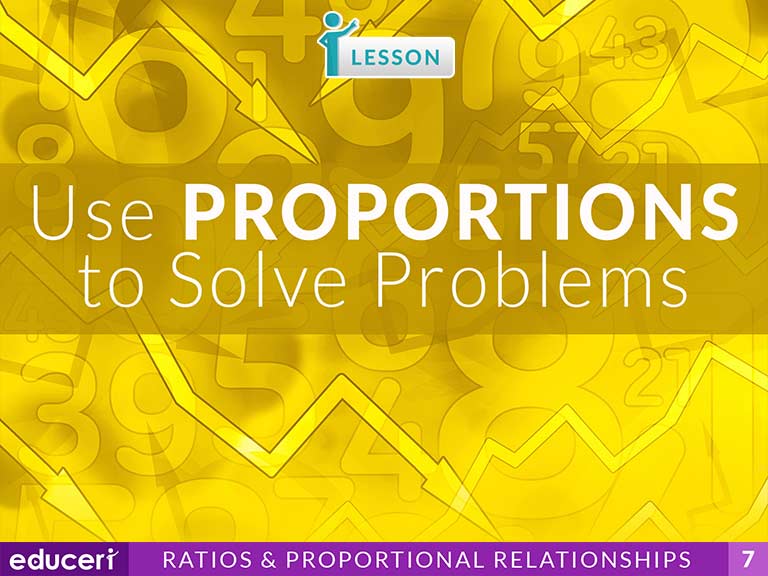
Use Proportions to Solve Problems
7.RP.2 Recognize and represent proportional relationships between quantities.
7.RP.2.C7.RP.2.C Represent proportional relationships by equations. For example, if total cost t is proportional to the number n of items purchased at a constant price p, the relationship between the total cost and the number of items can be expressed as t = pn.
This number sense lesson focuses on using proportions to solve problems. The lesson includes research-based strategies and strategic questions that prepare students for assessments. In this lesson, students read the problem and identify the given ratio. Then, they set up a proportion using the given ratios, if necessary. Finally, they cross-multiply and solve for the unknown value by applying an inverse operation, and then they interpret the solution. In addition to the lesson, there are eight pages of Independent Practice and review with questions modeled after current adaptive testing items.
Share This Lesson
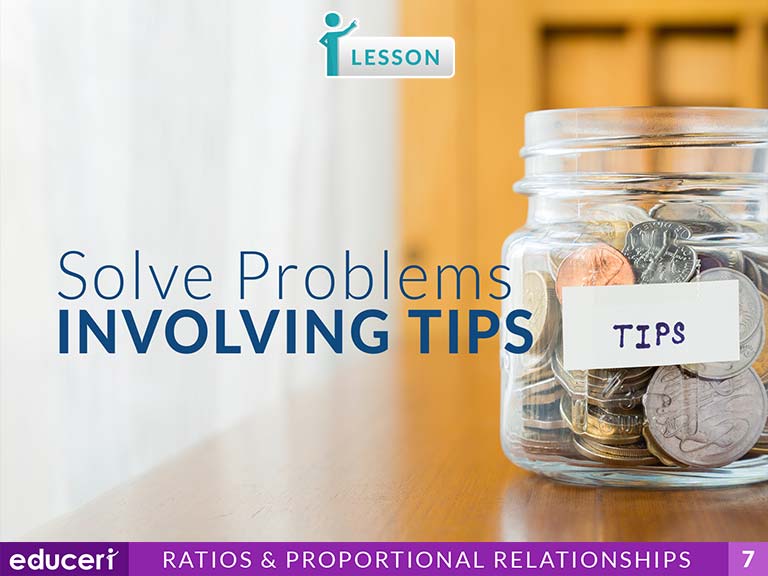
Solve Problems Involving Tips
(Y7) Find percentages of quantities and express one quantity as a percentage of another, with and without digital technologies. (ACMNA158)
ACMNA187(Y8) Solve problems involving the use of percentages, including percentage increases and decreases, with and without digital technologies (ACMNA187)
ACMEM011(Y11-12) Calculate a percentage of a given amount (ACMEM011)
ACMEM013(Y11-12) Apply percentage increases and decreases in situations; for example, mark-ups, discounts and GST (ACMEM013)
This number sense lesson focuses on solving problems involving tips. The lesson includes research-based strategies and strategic questions that prepare students for assessments. In this lesson, students read the problem, identifying the initial tip percent and the initial amount paid. Then, they convert the tip percentage to a decimal number and calculate the tip by multiplying the tip decimal and initial amount paid. Finally, they calculate the total amount paid by adding the initial amount and the tip, and then they interpret the total amount paid in a complete sentence. In addition to the lesson, there are eight pages of Independent Practice and review with questions modeled after current adaptive testing items.
